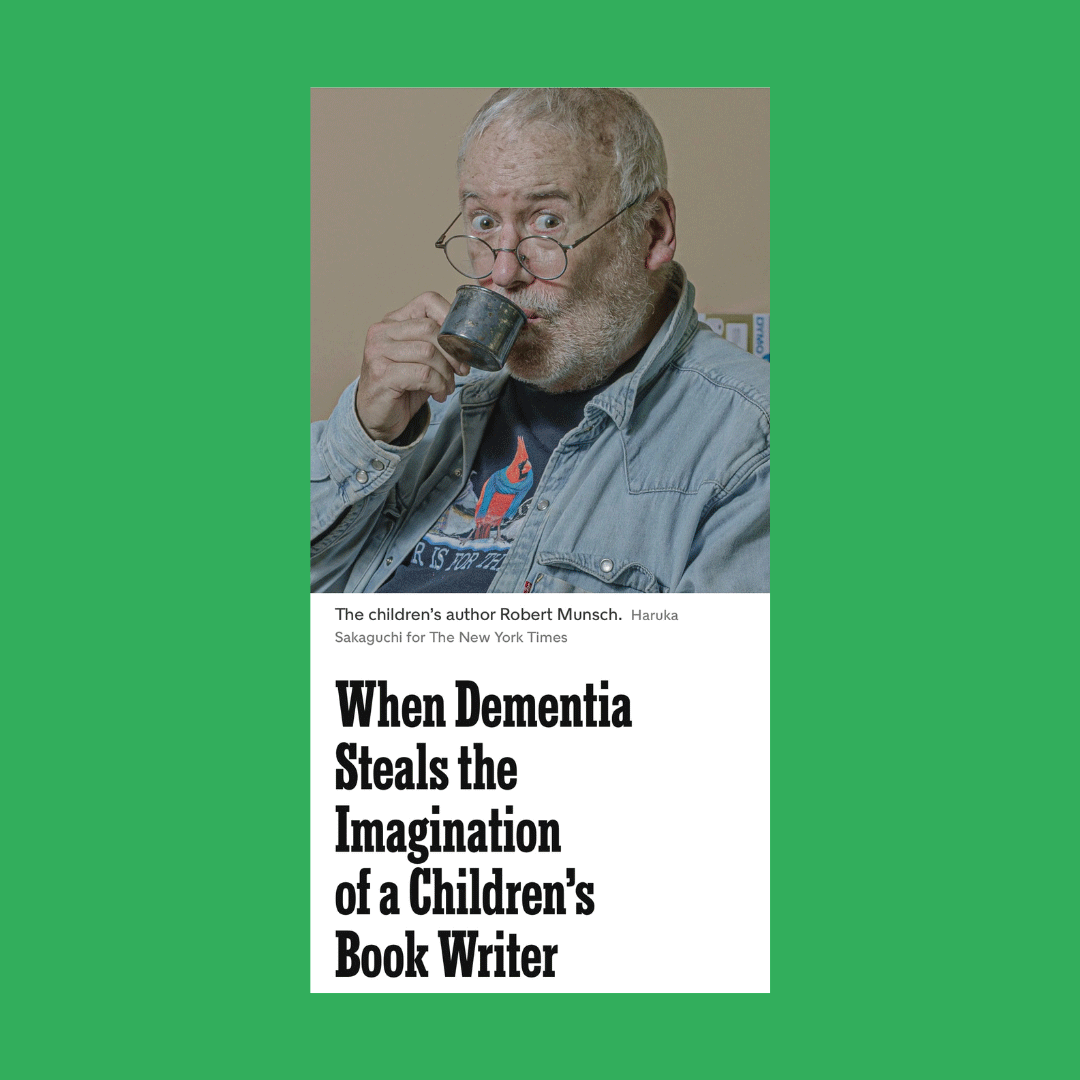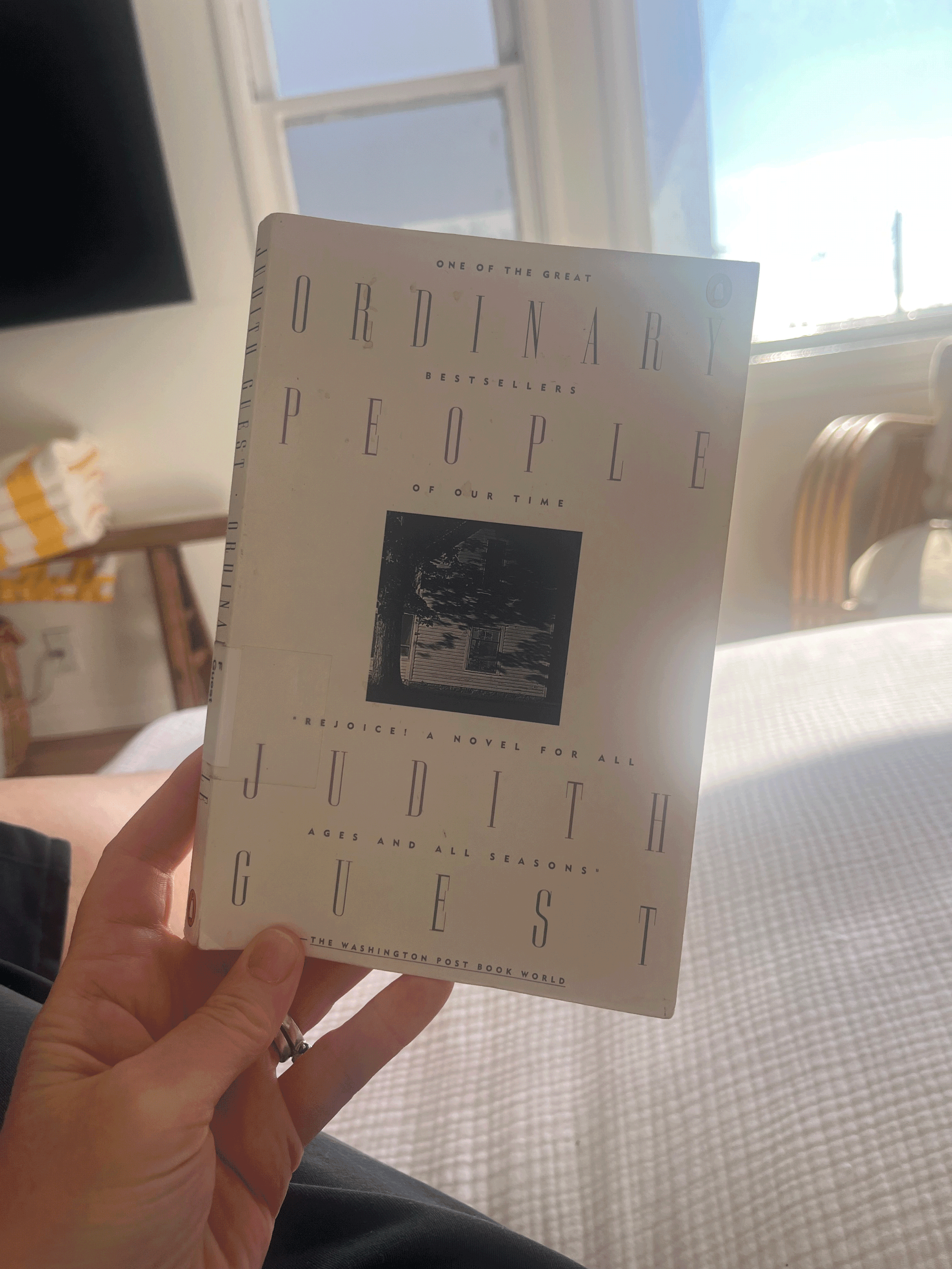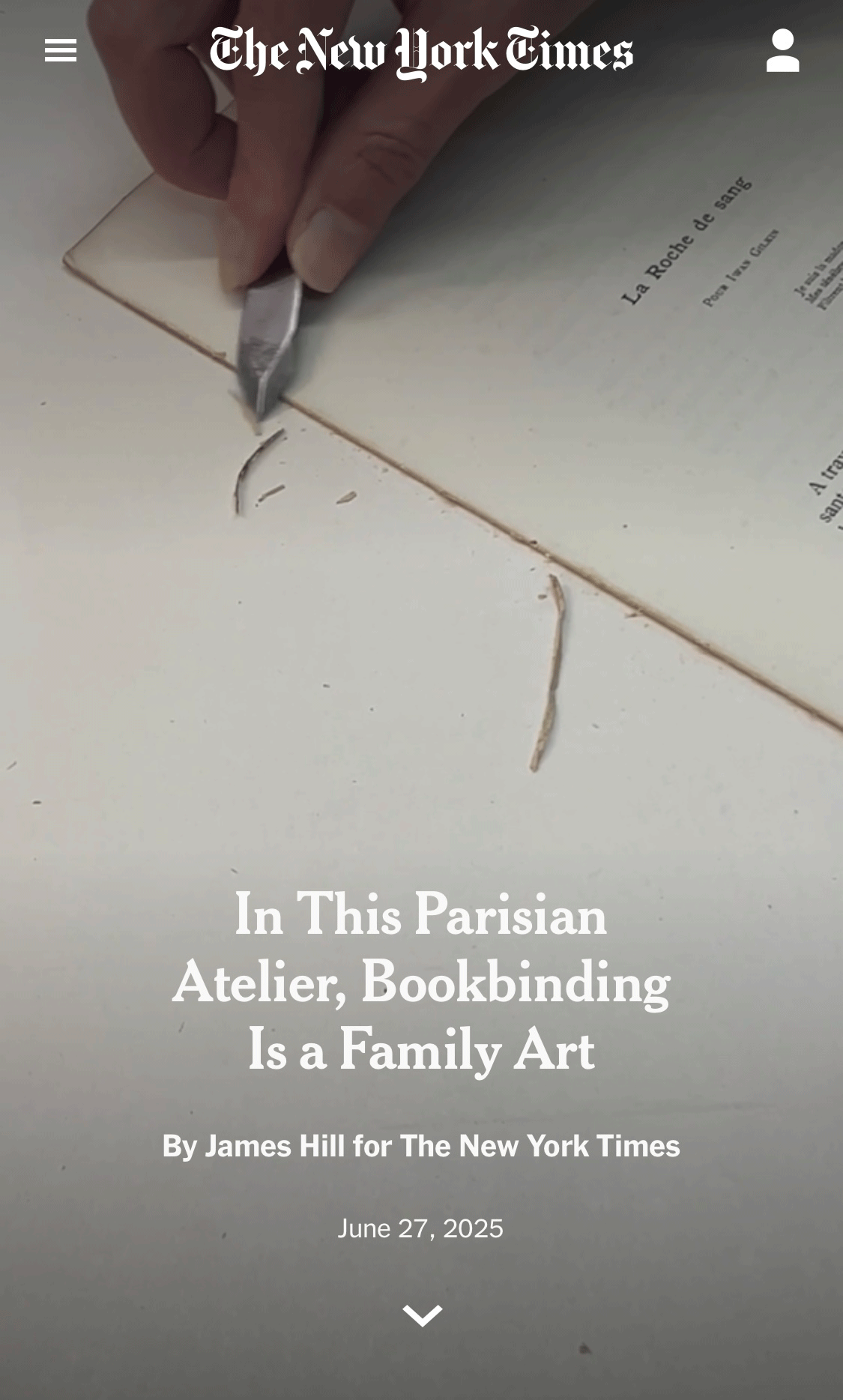
READ ALL ABOUT IT
Since 2012, I’ve been writing about books. And the act of reading. And the importance of story and narrative. But, mostly, the underlying theme of all I write is how taking a moment to stop and digest some longform text — instead of scrolling, instead of watching a video, instead of multitasking — can be one of the most grounding things we can do for ourselves. Here’s the one-stop online home for all this writing.
You can read more about me and my work by moseying over here. Want to peruse periodic “essay drops” — excerpts from my work-in-progress essay collection about Homesickness? Here ya go.

Robert Munsch, Not Celebs
What makes a good children’s book?

Ordinary People
A novel that reads like a play that was, actually, made into an extremely popular movie directed by Robert Redford…

Special Books
What makes a book (meaning, the object itself) special?

The Secret Apartments Hidden Above Carnegie Libraries
What does it mean to live in a library? There’s sort of a cachet to co-habitating with so much art, culture, and knowledge, á la From the Mixed-Up Files of Mrs. Basil E. Frankweiler, isn’t there? In the 21-st century this would take the form of a quick-edit video posted to social media: “Come with me as I tour a library-turned-apartment!” Or “POV: You live in an old library.” (And then cue all the book-lovers responding with 😍😍😍 [🙄])

Stay True, Between Two Kingdoms, Group Living, American Bulk
Here’s Part 3 (of 4?) of a roundup of nonfiction I’ve read lately. Some of these I’ve read with an eye toward my own writing (style, subject, etc.), some were just for fun.

Reading Our Way to Better Taste
From Newsletter Issue No. 19:
In July, the New York Times published a comprehensive roundup of “The Best Books of the First Quarter of the 21st Century.” How were these titles agreed upon? Well, they were “voted on by 503 novelists, nonfiction writers, poets, critics and other book lovers — with a little help from the staff of The New York Times Book Review.

The Buddha in the Attic
I’m sure you know about author Chimamanda Ngozi Adichie’s wildly popular 2009 TED Talk “The Danger of a Single Story.”

Reading as Work
Writer Mireille Silcoff has done just as the NYT Opinion headline says — bribed her 12-year-old daughter with $100 to read The Summer I Turned Pretty by Jenny Han — and I mostly do not have a problem with that. (I know you — or she — didn’t ask, but oh well.) Silcoff admits right off the bat that the payoff is “excessive” (it is) and that she felt like a “parenting failure” when she acknowledged that her daughter didn’t read for pleasure (she’s not).

The Old-School Library at OpenAI
A prevailing sentiment among “book people” is that ChatGPT should cause consternation and hand-wringing. I get that. But while technology and automation may be replacing some jobs, I still don’t think it can replace the job of a novelist. Well, let me rephrase: There are some sorts of books that, yes, could likely be written using AI. Mostly, the dubious part in my eyes is copyright infringement. (And also that you can’t cut-and-paste emotion!)

Connecting With Tommy Orange
I read There There by Tommy Orange soon after it was released in 2018. If you’re not familiar, Orange’s novel about “Urban Indians” in Oakland was a Pulitzer finalist and a National Book Award longlister. The historical Occupation of Alcatraz, a 19-month occupation of Alcatraz by 89 Native Americans from 1969-1971, plays a large role. (This was new history to me.) It’s richly layered, cleverly derivative — the novel’s title comes from the Gertrude Stein line “There is no there there” — and made me want to learn more about urban-based Native populations.

I Love LA
Recent headline in the NYT: “Why the LA Public Library Acquired a Book Publisher.” The owners of Angel City Press — a small, 32-year-old shop dedicated to LA-specific books that are “drenched in nostalgia but undeniably cool” (yessssss!) — were ready to retire so offered up the whole shebang to the local library system.

Bookshelf Wealth
Here we go again! And here I am eating it all up!

Barnes & Noble is Back
Hello from a loyal fan of Barnes & Noble, a place that occupies the sweet spot between superstore-of-abundant-choice and “third place” congregating spot. There’s an ever-building protest against Amazon, but who’s protesting good ol’ B&N? I’m guessing no one, unless you’re reenacting You’ve Got Mail…or you are Peter Sagal from Wait, Wait…Don’t Tell Me.

How Review-Bombing Can Tank a Book Before It’s Published
Penny for your thoughts?
Actually, no, I admit that I’m not interested in what the vast majority of readers think of a particular book. (Except perhaps for the utility of gauging cultural phenomena.)

Calabash International Literary Festival
“Why is it that reggae achieved global status, but very little else did?” This question appears near the end of this NYT piece about the Calabash International Literary Festival in Jamaica, but this question — posed by Kwame Dawes, one of the founders of Calabash — encapsulates some of my own thoughts about not just literary festivals (or book festivals, or whatever you’d like to call them), but about the role of books in the greater “entertainment” ecosystem. In the case of Calabash, the festival has “strive[d] to create an authenticating pipeline for Jamaican writers along the lines of what brought local musicians international attention.” Booker winner Marlon James “was ready to give up writing” until he attended a Calabash session in 2000. (!!)

Langston Hughes Wrote a Children’s Book
In 1936, Langston Hughes and the artist Elmer W. Brown collaborated on a children’s book called The Sweet and Sour Animal Book. They were never able to get it published, but now, in 2023, if you happen to be in Cleveland, you can view an exhibit called ‘The Sweet and Sour Journey of Langston Hughes and Elmer W. Brown’ at the museum ARTneo.

Reading and Remembering With Annie Ernaux
Life has been so frenetic lately. Adult (gah…my youngest is nearly 18!) children coming and going, finishing school, starting their jobs. House on the market and all the hectic activity that comes with that. Work travels. Family visits. Lining up what seems like a bazillion interviews for this book I’m working on. (Yay!) All good stuff — life churning and chugging along.

Frances Ellen Watkins Harper
The NYT’s “Overlooked” column, “a series of obituaries about remarkable people whose deaths, beginning in 1851, went unreported in The Times” — has got to be one of the most interesting recurring features in a daily newspaper. (Just my 2c.) I’ve posted about different ones before, including Theresa Hak Kyung Cha (author of Dictee). This one, about the 19th-century Black poet Frances Ellen Watkins Harper, was published toward the beginning of February, Black History Month.

Now is Not the Time to Panic
My friend Ashley sent me this article about a woman who, oopsies, knocked over a Jeff Koons sculpture that then shattered into “at least 100 pieces.” This story conjures a lot of responses, which I will first summarize via emoji: 😱😂🧐 They are: 1) second-hand shame and embarrassment (because who else has “what if this happened” thoughts in museums and galleries?); 2) genuine laughs at its ridiculousness, esp since it’s love-him-or-hate-him Jeff Koons; 3) (this is the best one) intrigue about how “the meaning of art” perpetuates itself in unexpected ways. (See to see an excerpt of the part of the story wherein people wondered if this was Banksy-esque performance art and someone wanted to purchase the shattered pieces.)

Lessons in Chemistry and Easy Beauty
Everyone loves Lessons in Chemistry by Bonnie Garmus. What’s not to like? It’s entertaining, it’s charming with brisk storytelling, it addresses important topics. It’s pretty heavy-handed in that regard, but I wonder if that’s partly Garmus’ point since the characters’ one-dimensionality must be intentional. (I really do believe this has to be a stylistic choice on the author’s part.) I decided to read it sort of like a fable. Like how I think La La Land is a fable. (I am a huge La La Land fan! I wrote about it together with Milkman by Anna Burns back in 2019.)

